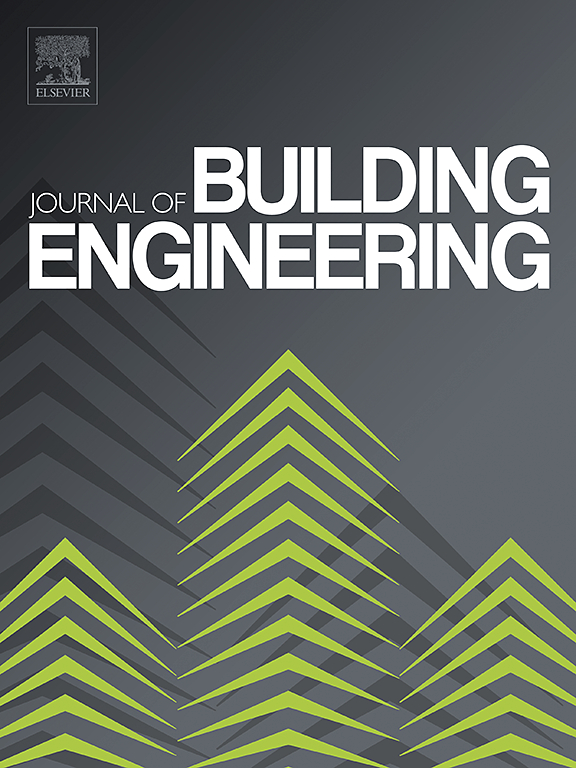The effect of single and combined use of base isolator and fluid viscous damper on seismic performance in a conventional RC building with torsional irregularity
IF 6.7
2区 工程技术
Q1 CONSTRUCTION & BUILDING TECHNOLOGY
引用次数: 0
Abstract
This study investigates the effects of fluid viscous damper (FVD), lead rubber bearing (LRB) and friction pendulum slider (FPS) used both separately and in combination on seismic performance of a mid-rise reinforced concrete building with torsional irregularity. Three earthquake levels were used corresponding to frequent, design and rare earthquake ground motions. 528 different bi-directional nonlinear history analyses of 3-D 5-story building models were performed. Each earthquake level was represented using 11 spectrum-compatible ground motion record pairs. Nonlinear behavior of structural members, base isolators and fluid viscous dampers was considered in the models with torsional irregularity. The roof drift ratios, inter story drift ratios, absolute acceleration profiles and torsion irregularity coefficient values and plastic damage states were compared for seismic performance evaluation. When passive systems were added to the model, seismic performances improved as expected and torsional irregularity was largely eliminated compared to the fixed-base model. Although using only FVD improved seismic performance less than using only base isolators, it should be noted that FVDs used in different numbers and configurations may change the results. The findings underscore the benefits of combined damping systems, particularly FPS and FVD in mitigating torsional effects and enhancing overall structural performance. Compared to the fixed-base model, RDR, IDR and maximum acceleration demands in this model decreased at least by 91.2 %, 74.7 % and 80.3 %, respectively. Besides, it was concluded that using a limited number of ground motion records may lead to misleading results.
求助全文
约1分钟内获得全文
求助全文
来源期刊

Journal of building engineering
Engineering-Civil and Structural Engineering
CiteScore
10.00
自引率
12.50%
发文量
1901
审稿时长
35 days
期刊介绍:
The Journal of Building Engineering is an interdisciplinary journal that covers all aspects of science and technology concerned with the whole life cycle of the built environment; from the design phase through to construction, operation, performance, maintenance and its deterioration.
 求助内容:
求助内容: 应助结果提醒方式:
应助结果提醒方式:


